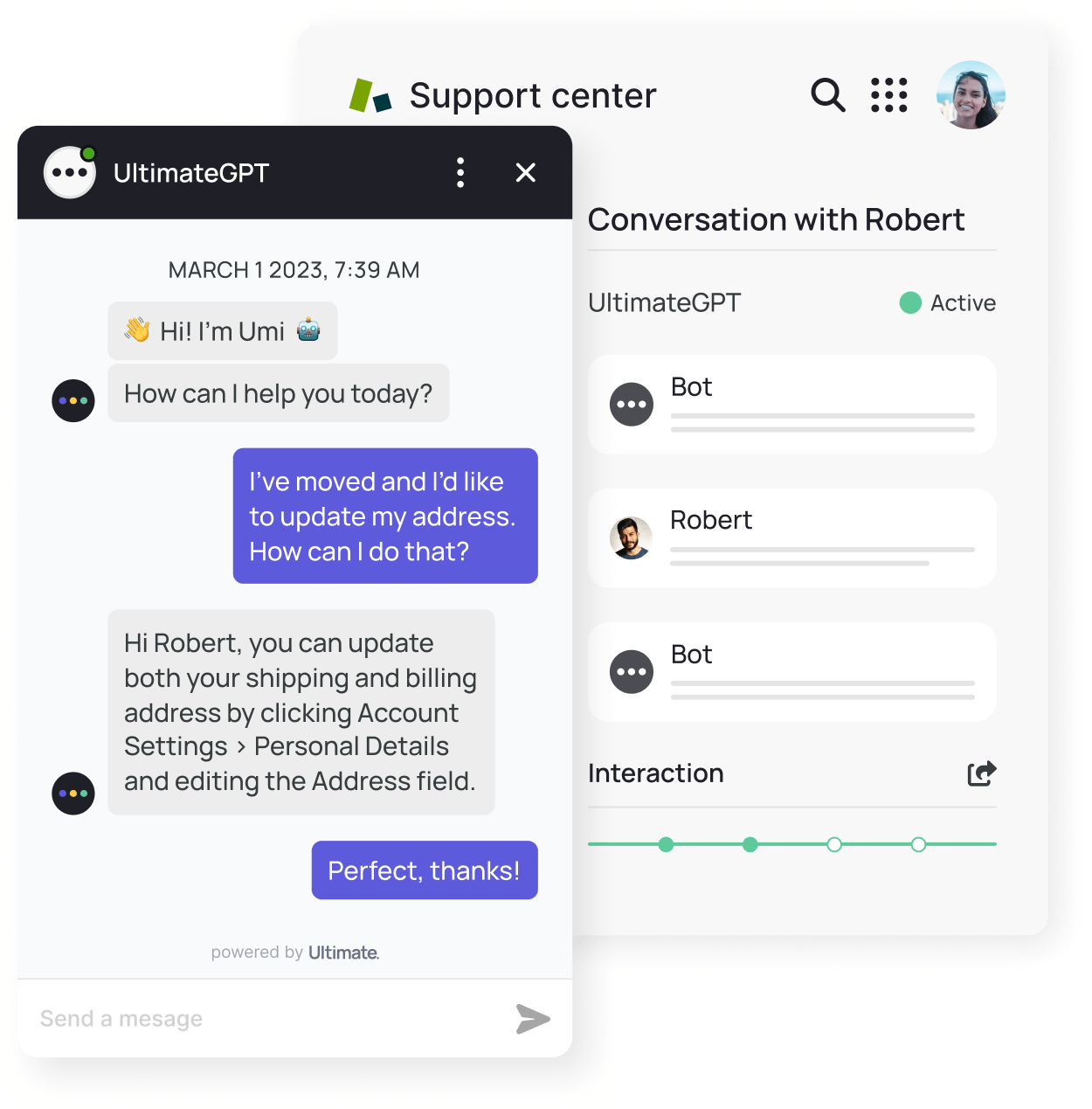We’ve come a long way from chatbots that nearly always respond, “I’m sorry I didn’t quite get that” and the early days of internet search. Anyone else old enough to remember having to type the exact right keywords to get what you were looking for?
Today, all this tech is powered by AI technologies that help computers process and respond to language in a human-like way. From ChatGPT helping you craft the perfect email to Siri announcing the forecast for the day, natural language processing (NLP) is the wizard behind the curtain. In this blog, we'll unravel the magic (read: science) of NLP in a world where machines understand and speak just like humans do. No ruby slippers required.
What is Natural Language Processing (NLP)?
Natural Language Processing (NLP) is a subfield of AI that helps computers understand natural human language. NLP uses computer science and linguistics to build systems that can analyze and extract meaning from human speech and text. NLP can be extremely useful for analyzing large amounts of text at scale, partially or completely automating processes, and generally making human-to-machine communication easy and effective.
How does NLP work?
NLP is used to allow machines to decipher meaning from human language by analyzing different aspects like syntax, semantics, and morphology. This linguistic knowledge is then transformed into rule-based machine learning algorithms.
Applied to NLP, machine learning lets machines absorb vast amounts of natural language data and make sense of it in two main ways:
- Syntactic analysis, where syntax and grammatical rules are used to derive meaning from a text,
- And semantic analysis, where algorithms focus on what the words themselves mean and how they can be interpreted depending on context.
Read more about how NLP-powered chatbots work.
More on NLP, the tech behind ChatGPT
What are some NLP use cases?
NLP is already used in many everyday applications like autocorrect, predictive typing, customer support bots, translation apps, voice assistants like Siri or Alexa, and most recently and famously, chatbots like ChatGPT. NLP is also used by HR professionals to sort through applications and resumes, by email filtering technology to determine what messages are spam, promotional or important, and by publishing companies for more accurate news and content aggregation.
Essentially, anywhere it might be more efficient for a machine (vs. a human) to derive meaning from a text or voice input, NLP can be used. And it’s a rapidly growing segment of the AI market. Fortune Business Insights estimates that by 2028, the worldwide NLP market value will exceed $127 billion (up from $20.98 billion in 2021).
Does generative AI use NLP?
Generative AI technology uses both NLP and machine learning (ML) to generate content. It differs from traditional ML technology in that it actually creates something entirely new, rather than recognizing and classifying data and predicting what should come next. This is what makes the tech so revolutionary and adoption of it so successful.
NLP chatbots for customer service
One segment of the market that has exploded recently is generative and conversational AI-powered chatbots and virtual agents for customer support. This is because customer service inherently has a lot of repetitive inquiries that NLP bots can understand and often completely resolve without human intervention.

Ultimate's generative AI-powered bot UltimateGPT helping out a customer.
The statistics on NLP and AI in customer support tell a persuasive story:
- By 2025, advancements in virtual agents will automate up to 80% of call center agents’ tasks, up from 30-50% in 2021.
- 79% of contact center leaders plan to invest in greater AI capabilities in the next two years.
- The way chatbots are rising it is predicted that the global chatbot market size is expected to reach over $27 million by 2030.
As an NLP and AI-powered customer support automation platform, we here at Ultimate have also seen a dramatic increase in customer support teams adopting our product. Customer service leaders clearly see the value of allowing NLP bots to take over repetitive and time consuming tasks so they can easily scale their customer service operations, allowing their human agents can concentrate on the more complex cases.
